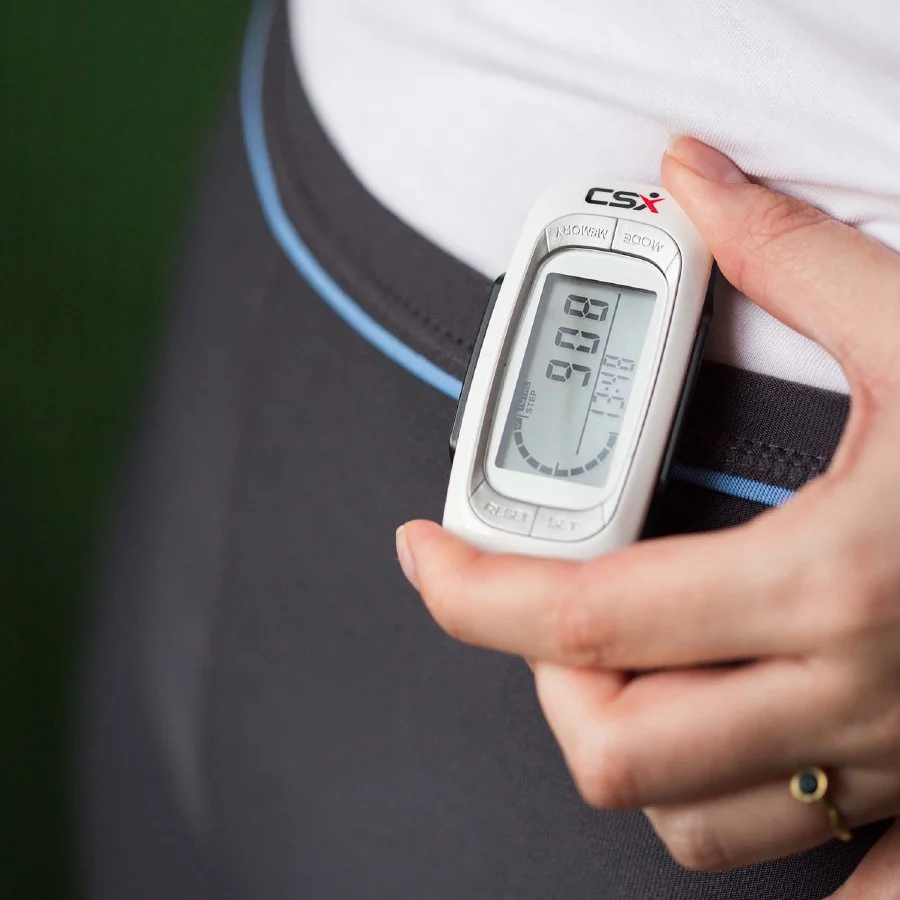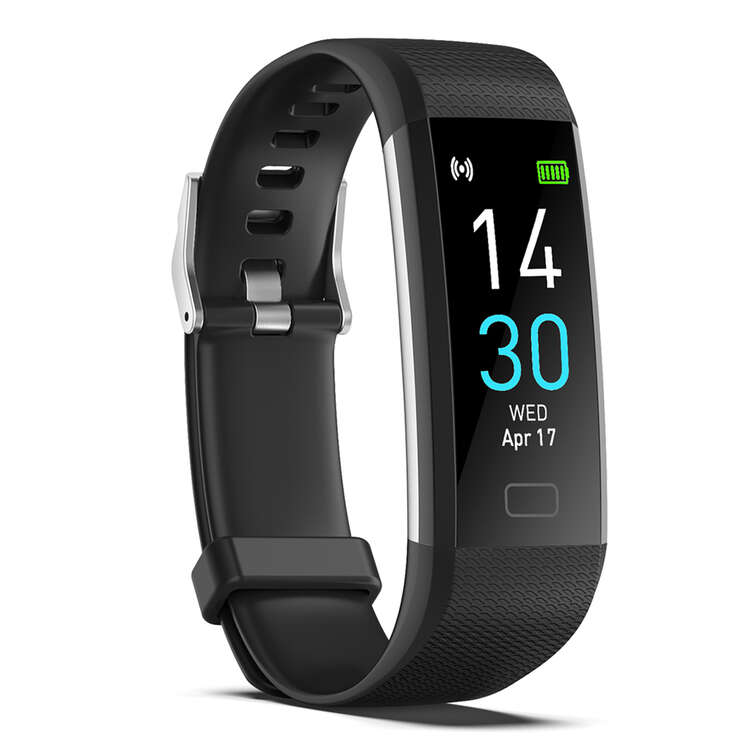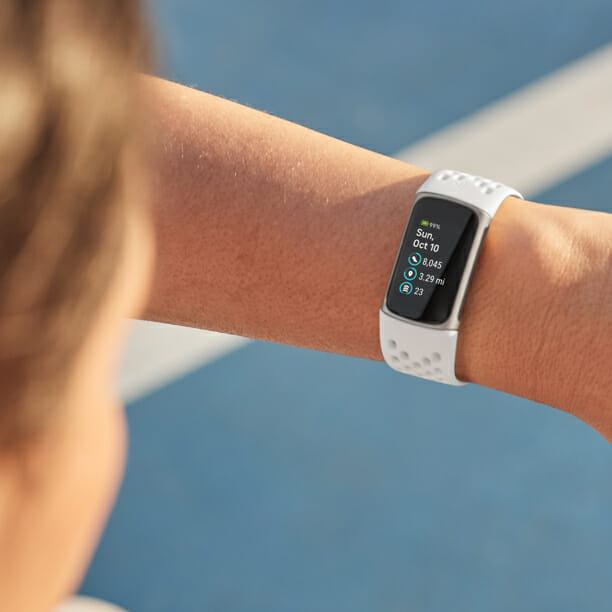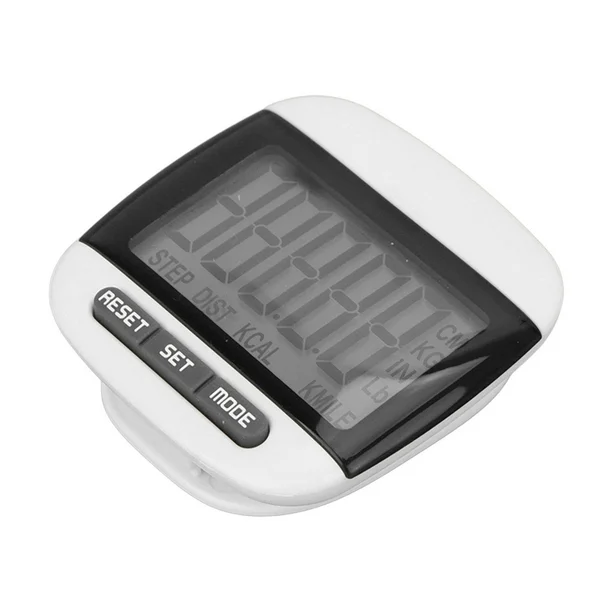I. Introduction

a. Significance of physical activity tracking
How does a pedometer help people reach their fitness goals? Physical activity tracking plays a crucial role in the pursuit of health and fitness. By monitoring movements and exercise, individuals gain valuable insights into their activity levels, allowing them to make informed decisions about their overall well-being. Whether it’s achieving weight loss, improving cardiovascular health, or increasing daily movement, tracking physical activity provides a foundation for progress and growth.
b. Pedometer as a tool for monitoring movement
The pedometer, a device designed to count a person’s steps, is a fundamental tool for monitoring movement. It provides a simple and effective way to track daily physical activity levels, helping individuals understand their level of movement and providing a starting point to set and achieve fitness goals. As technology advances, pedometers have evolved to include additional features such as tracking distance, calories burned, and active minutes, making them versatile tools for monitoring overall activity levels.
II. Tracking Progress
a. Counting steps, tracking distance
One of the easiest ways to track your physical activity is by counting your steps and keeping track of the distance you cover. Thanks to modern technology, there are numerous devices and apps available that can help you do this. Whether it’s a fitness tracker, a smartphone app, or a pedometer, these tools can provide valuable information on your daily activity levels. By setting a daily step goal and monitoring your progress, you can easily see how active you are throughout the day and make adjustments as needed to reach your fitness targets.
b. Setting and achieving daily step goals
Setting daily step goals can be a great way to stay motivated and ensure that you’re getting enough physical activity. The general recommendation is to aim for 10,000 steps per day, but this can vary depending on your fitness level and overall health goals. By starting with a realistic goal and gradually increasing it as you become more active, you can challenge yourself to take more steps each day and improve your overall fitness. Achieving daily step goals can provide a sense of accomplishment and encourage you to maintain an active lifestyle.
c. Monitoring active minutes
In addition to counting steps, it’s also important to monitor the amount of time you spend being active. This includes any form of physical activity, whether it’s walking, running, cycling, or participating in exercise classes. By keeping track of your active minutes, you can ensure that you’re getting enough cardiovascular exercise and improving your overall fitness levels. Many fitness trackers and apps provide data on active minutes, allowing you to set goals and track your progress over time.
III. Motivation and Accountability
How does a pedometer help people reach their fitness goals ?Motivation and accountability are essential components of a successful fitness journey. By visualizing progress with activity trends, celebrating achievements and milestones, and cultivating consistency and commitment, individuals can stay motivated and accountable to their health and wellness goals.
a. Visualizing progress with activity trends
Visualizing progress through activity trends can be a powerful motivator. Many fitness trackers and apps provide in-depth data and visual representations of an individual’s physical activity levels over time. This can include graphs showing daily step counts, distance covered, and active minutes. By observing these trends, individuals can easily see their progress and identify areas for improvement. For example, if there’s a noticeable dip in activity on certain days, it can serve as a reminder to stay active and maintain consistency. Visualizing these trends can also help individuals set realistic goals and track their improvement over time, ultimately providing motivation to continue their fitness journey.
b. Celebrating achievements and milestones
Celebrating achievements and milestones is an important part of staying motivated on the path to fitness. Whether it’s reaching a certain number of steps, completing a challenging workout, or hitting a weight loss goal, recognizing and celebrating these accomplishments can provide a powerful boost of motivation. This can be done through small rewards for meeting daily or weekly goals, or by sharing achievements with friends and family for added support and encouragement. By acknowledging and celebrating these milestones, individuals are more likely to stay motivated and continue working towards their fitness objectives.
c. Cultivating consistency and commitment
Consistency and commitment are crucial for long-term success in fitness. Cultivating a routine and sticking to it, even on days when motivation may be low, is key to making progress. Setting specific workout times, planning weekly exercise schedules, and finding enjoyable physical activities can help individuals stay consistent with their fitness regimen. Additionally, having an accountability partner, such as a workout buddy or a supportive friend, can further solidify a commitment to staying active. By creating a sense of accountability, individuals are more likely to stay on track with their fitness goals and maintain their motivation over time.
IV. Integration with Fitness Objectives
a. Aligning step targets with broader fitness goals
How does a pedometer help people reach their fitness goals ?Physical activity tracking, particularly through step counting, can be seamlessly integrated with broader fitness goals. By aligning step targets with individual fitness objectives, individuals can create a structured approach to improving their overall health and well-being. For instance, setting specific step targets can complement goals such as increasing endurance, improving cardiovascular fitness, or working towards a healthier body composition. This alignment allows individuals to build a cohesive fitness plan that encompasses both daily activity and long-term objectives.
b. Supporting weight management and calorie expenditure
The integration of physical activity tracking with fitness objectives is particularly beneficial for supporting weight management and calorie expenditure. By consistently tracking steps and monitoring overall physical activity, individuals can gain a better understanding of their energy expenditure. This information is valuable for those aiming to manage or lose weight, as it provides insight into the relationship between activity levels and calorie balance. By aligning step targets with weight management goals, individuals can effectively use physical activity tracking as a tool for supporting their overall fitness and nutrition plan.
c. Enhancing cardiovascular health through increased activity
Incorporating physical activity tracking, including step counting, into fitness objectives can significantly contribute to enhancing cardiovascular health. Setting and working towards specific step targets encourages individuals to engage in regular physical activity, such as brisk walking or jogging, which are beneficial for cardiovascular fitness. By integrating step targets with cardiovascular health goals, individuals can reduce the risk of heart disease, improve circulation, and enhance their overall cardiovascular function. This integration underscores the importance of utilizing physical activity tracking as a means to achieve comprehensive fitness objectives.
V. Practical Tips for Pedometer Use

a. Choosing the right pedometer device
When it comes to selecting a pedometer, there are several factors to consider. First and foremost, ensure the pedometer is accurate and reliable. Look for a reputable brand with positive reviews and consider devices that offer additional features such as distance tracking, calorie calculation, and activity monitoring. Comfort and convenience are essential, so choose a device that is easy to wear and fits well with your daily attire. Additionally, opt for a pedometer that aligns with your technological preferences, whether it’s a basic step counter or a more advanced fitness tracker with smartphone connectivity.
b. Incorporating pedometers into daily routines
Once you’ve chosen the right pedometer, it’s important to seamlessly incorporate it into your daily routine. Wear the pedometer consistently, ideally from the moment you wake up until bedtime. Ensure it is securely fastened and positioned correctly for accurate step counting. It’s also helpful to set daily step goals based on your current activity level and gradually increase them over time. Consider integrating short walks into your schedule, such as taking the stairs, going for walks during breaks, or incorporating longer walks into your leisure time.
c. Analyzing and utilizing pedometer data for fitness improvement
Pedometers provide valuable data that can be analyzed and utilized to enhance fitness and overall well-being. Regularly review your pedometer data to track your progress and identify patterns in your activity levels. Utilize the information to set new goals and challenge yourself to increase your daily step count. Additionally, use the data to adjust your activity levels and identify opportunities to add more movement into your daily routines. By leveraging the insights gained from your pedometer, you can make informed decisions to improve your fitness and overall health.
Practical tips for pedometer use go beyond simply wearing the device – it involves choosing the right pedometer, incorporating it into daily routines, and leveraging the data it provides to enhance fitness and well-being. By following these tips, individuals can make the most of their pedometer, stay motivated to achieve their fitness goals, and experience the benefits of increased physical activity in their daily lives.
In conclusion, the significance of physical activity tracking, particularly with the use of pedometers, cannot be understated. By counting steps, tracking distance, setting and achieving daily step goals, and monitoring active minutes, individuals can take control of their physical activity levels and make meaningful improvements to their overall health. Pedometers serve as valuable tools in this process, empowering individuals to stay active, set goals, and track their progress towards a healthier and more active lifestyle.



